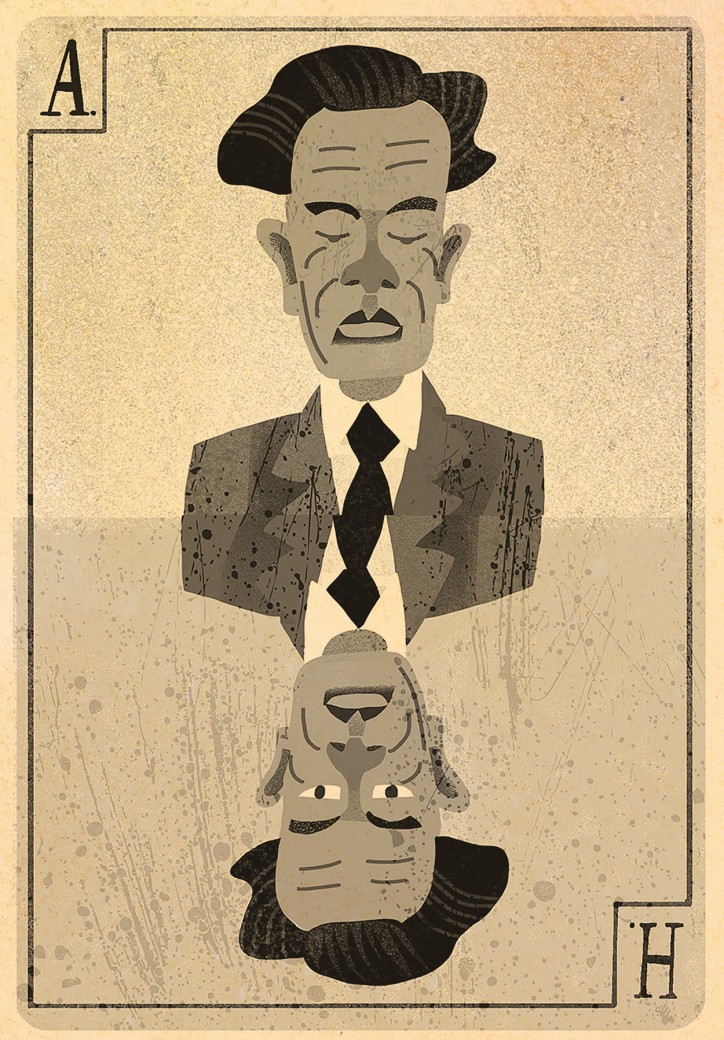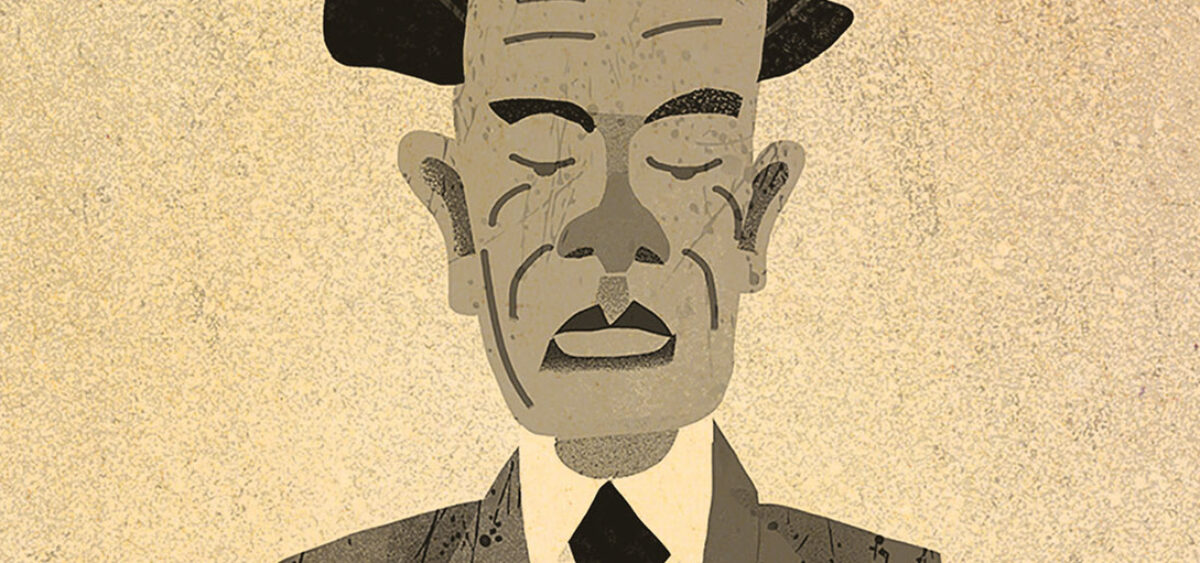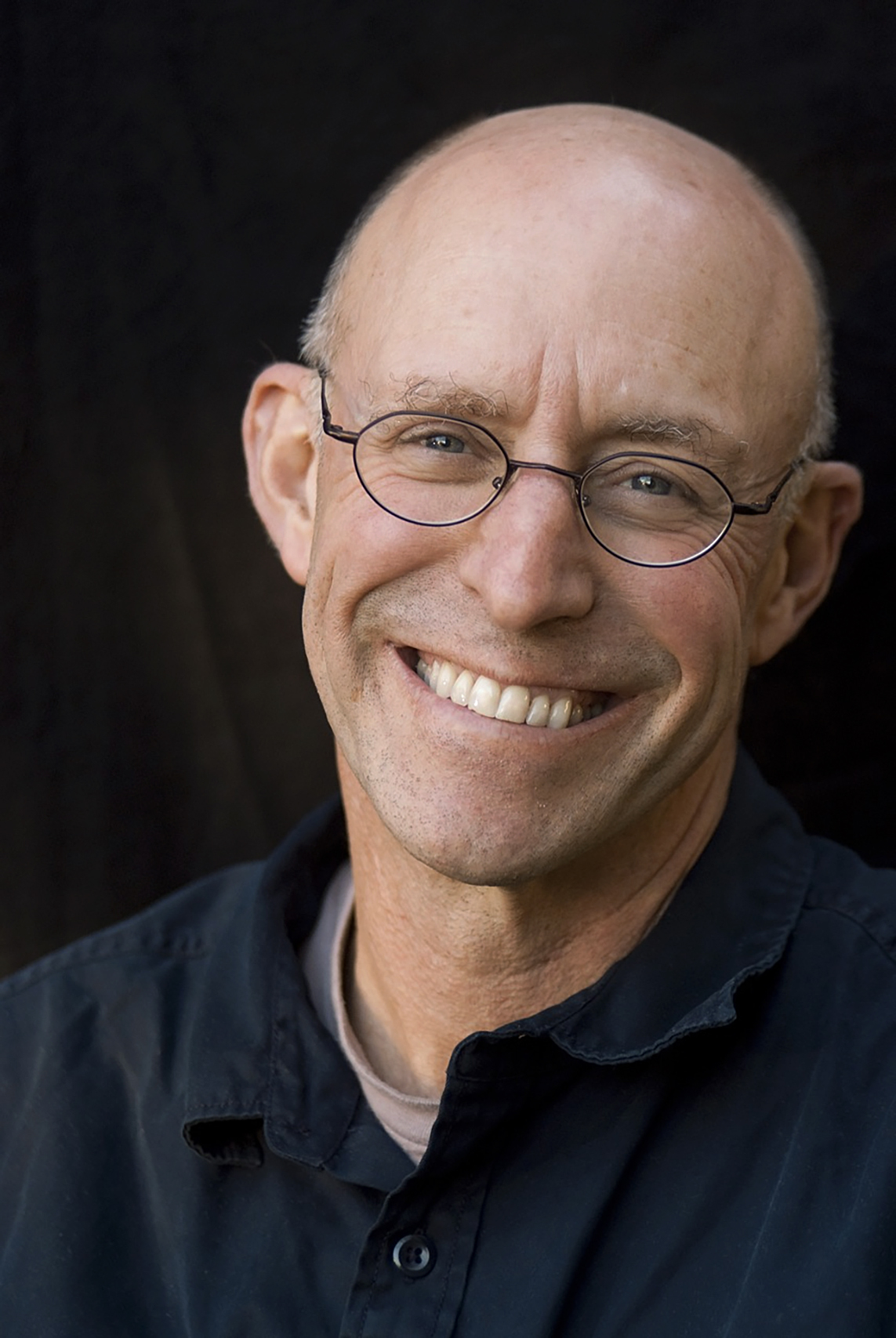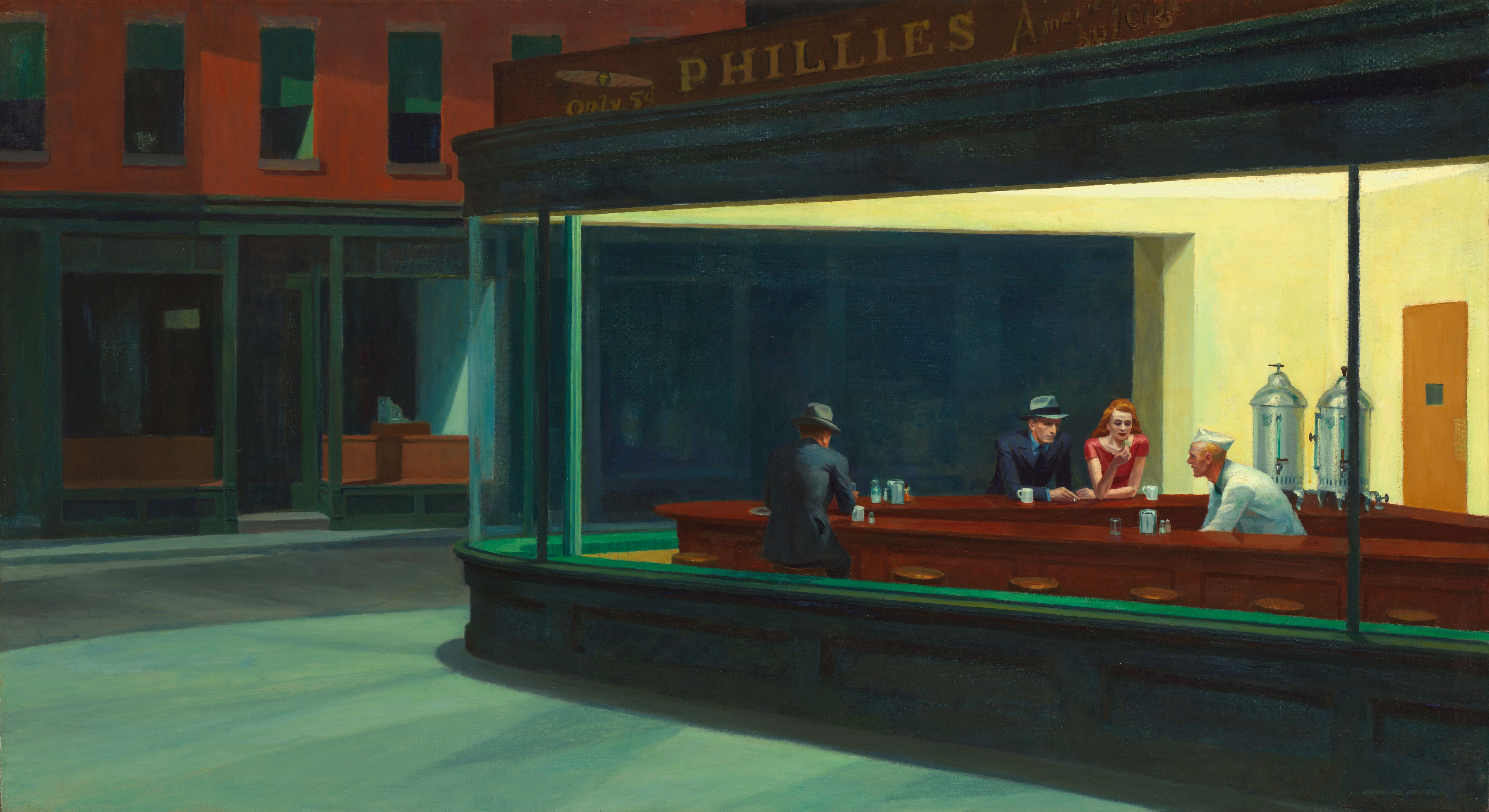
It’s rare for one and the same author to create both a dystopia and utopia. It is exceptionally rare for both works to be renowned and withstand the test of time. It seems that only a single such case is known in the work of Aldous Huxley.
Published in 1932, Brave New World continues to prompt and alert readers’ awareness toward trends observed today. Another novel—Island—still inspires those who see a silver lining. As a writer, Huxley did not make the ordinary evolution from optimism to pessimism, and driven by the concerns of an old-fashioned intellectual engaged in world matters, he did not turn to catastrophic bitterness.
Wolves, Not Termites
When it comes to the anxieties triggered by Brave New World, at the core of its vision is a unified social world without any room for individualism or dissent. The model here is a society imagined as an anthill or a beehive, while the human species—at least according to Huxley—is more like that of elephants or wolves. We need some kind of a group but are never a part of one organism or an interchangeable piece of a whole.
As a result of this infinitely complex evolutionary process, each one of us is different and must remain that way, or else will be made unhappy. The more or less anonymous forces that rule the world are capable of tricking us into forgetting this fact. This is how unifying human intellect is—enabling the possibility to “control” the world. People constantly generalize reality. When we say “pine tree,” what we have in mind is an abstract pine tree and not the thousands of actual trees we have already seen. This practice is advantageous in our daily lives and science, but when applied to politics and social life, it always ends with one’s misery.
Recall a main character from Huxley’s dystopia, John the Savage who was raised on a reservation, who in getting to know the London of the future, experiences one bewilderment after another, then commits suicide. He gradually becomes aware of the unbearable nature of this world—in which people are cloned and bred in bottles. They look the same, think the same, do the same things, and in moments of despondency ingest a mood-enhancing pill. Actual and unconscious slaves, they each are something of a biomachine. The world of this novel is a precise construction—detached from reality. It’s a pleasant fake where the real is not quite graspable.
In Brave New World Revisited, written in the late-fifties, Huxley criticizes the emergence of a new social ethics—which has virtually become the norm today. It includes such buzzwords as “adaptation,” “prosocial behavior,” “affiliation,” “acquisition of social skills,” “teamwork,” “collective living,” and “groupthink.” It sounds innocent—or perhaps, it does because we’re already used to this model of thinking—but under the surface it hides a fundamentally inhuman perspective in which we are all identical termites (even if the naked eye sees we are not). In the writer’s opinion, the city is also a sort of termitary—an organized, artificial, abstract, and anonymous reality, which he wrote explicitly about in the book—and, he claims, citing social psychologist Erich Fromm, it harms mental health. Huxley himself eventually settled in California’s Mojave Desert.
Pleasant Hallucination
Ensuring a satisfactory order that gives the illusion of an earthly paradise, Brave New World relies on a multi-level, ideological conditioning—utilizing the achievements of genetics, psychoanalysis, and behaviorism. The goal is for everyone’s mind to be imbued with three slogans: Community, Identity, Stability. Most relevant, however, is pharmacological conditioning—a drug called “soma” in the novel. It is precisely what enables the technocratic power to be in control over a society that is unaware of its own oppression. Soma is used in every single situation that raises any difficulties: it gives a feeling of blissfulness, and clouds the problem with a pleasant hallucination.
Therein lies the fundamental difference between Huxley’s vision and the second most popular dystopian fiction of 20th-century literature—George Orwell’s Nineteen Eighty-Four—in which society is subjugated by force and fear of punishment. In Huxley’s novel, on the other hand, there are no prisons—there are only islands assigned to those who were not deceived. Punishment is seen as an ineffective tactic; violence breeds resistance; resistance fuels opposition; opposition challenges authority. According to the author, it is better for the power to rule gently and inconspicuously (in his letter to Orwell, Huxley notes the anachronism of the torture he imagined).

The arsenal of means used by those in power in Brave New World is wide: hypnopedia (conditioning through sleep), both subliminal and chemical persuasion, propaganda, and the popularization of stupefying movies, called “the feelies” and featuring simple plots evoking uncomplicated, controllable emotions. There’s a ban on reading books, practicing art, and historical knowledge. In this grotesque world, anything of a complex nature is considered a public threat. That’s why there is no love, no God, no conscious confrontation with the fact of death or any other conscious emotional experience.
Admittedly, the world’s governments have not yet acquired the biotechnology capable of producing ideal subordinates or fabricating people on an assembly line. One can never be certain—although it seems to be true—that the tap water we drink doesn’t contain any psychoactive admixture. However, in the collection of essays, Moksha, Huxley notes that no government is opposed to alcohol—despite the inarguable fact that it is the most destructive substance in human history. It consumes physically and mentally— destroying successive generations—because there is nothing more beneficial to the authorities than the effects of alcohol. Besides American philosopher William James, it appears that Huxley is the only known intellectual who seriously addresses this global problem found on every street corner. Nevertheless, it is evident that elements of the other manipulation techniques are traceable. Those in doubt should take a look at the previously mentioned essay, Brave New World Revisited, in which Huxley discusses them in detail with respect to his own time.
It appears that the most accurate prophecy of Brave New World relates to the sphere of consumption. In the world of this novel, as a rule, broken things are not repaired; new ones are always bought. The pedagogy of the London of the future is reliant on instilling children with a strong desire and need to own new things —the economy demands it. For example: anyone who reads, thinks, wanders, sings, or dances, but doesn’t buy—destroys the economy. This all sounds very familiar.
Idyllic Reality
Huxley’s last novel, the utopian Island, did not gain the popularity of Brave New World. The latter’s excellent plot structure, full of humor and satire, captivates readers to this day. Things look rather different in the case of Island, but not only because of the makeshift form of the novel. It appears the fundamental reason is that the frightening and disturbing vision of Brave New World excites, and Island describes something extremely boring and tedious—the world of happy people.
The main character in Island is sort of a reflection of John the Savage—he’s a grumpy and neurotic Brit who lands on the exotic island of Pala. Unlike in Huxley’s dystopia, he does not discover a science-fiction nightmare but quite an idyllic reality. The immediately striking difference between the futures represented in the two novels is in their relationship to culture and technology. Brave New World utilizes all technology to sustain and secure a total and unifying power, whereas in Island it is meticulously limited to ensuring happiness and self-realization. Technology, as a construct imposed on the world, repels in one and attracts in the other. For example, both books contain a culture of substance use, only they serve radically different functions. In the dystopian version, drugs are used to deceive, and in the utopian one, they are used to modify ways of thinking. In Brave New World, they separate the mind from what is really happening, and in Island they enhance reality beyond a normal state of consciousness. This formulation, in fact, contains Huxley’s conclusions from his essay The Doors of Perception, devoted to his experiences with mescaline.
The same is true of sex life—Brave New World solves the problem purely mechanically by conditioning children at an early age so that when one feels an urge, the other has nothing against it, according to the slogan, “everyone belongs to everyone else.” In Island, on the other hand, sex is not just sex—it is “the yoga of love,” a profound spiritual technique, which, again, elevates the experience of being and expands awareness.
Those influences come from Eastern spiritual traditions. Buddhism is a part of Huxley’s utopia, although it could be any other religion that neither threatens adherents with the doctrine of original sin nor beats them over the head with the conviction that they are fundamentally corrupted beings, thus making fortune and happiness unattainable from the very start of their being in this world. Huxley argues that unlike in the Judeo-Christian practice, which talks a lot about love but fails to achieve it, techniques for spiritual and moral self-improvement in the East are widely available and possible. As we know from The Perennial Philosophy and The Divine Within: Selected Writings on Enlightenment, Huxley was interested in mysticism in its broadest possible sense—not only what was developed and practiced in the West—as an ineffable phenomenon in which the doctrine is diluted. And the ideal society of the future should improve from the bottom up.
There is also a distinction in the approach to the problem of evil, suffering, and the negative aspects of life. Brave New World hides facts like illness or death; in the London of the future, everyone dies invisibly at the age of sixty one with no previous signs of aging. By contrast, in Island, it is recommended to experience evil (or what we call it) and to do so with utmost attention. When one of the novel’s characters dies, they are guarded by their loved ones to prevent them from falling into distraction or reverie. However, the people of Pala, despite the suffering they experience, never succumb to despair and pessimism. And regardless of what a Western skeptic might say, the phenomenon of enlightenment is a psychological and anthropological fact, only that it is far more common in the East. From what is known, this experience alters ways of seeing the world.
Nevertheless, it is worth noting that the utopia of the English writer does not see a solution to all the problems plaguing humanity in mysticism. Nor does he see one in science, economy, pedagogy, psychology, or law. Huxley suggests to “make the best of both worlds,” applying all possible methods, as opposed to those who think there’s a universal key to the gates of happiness.
Interestingly, one thread that connects Brave New World and Island is the need for population control, and this is regardless of whether the future is to be established through dictatorial power or an island of happiness. The issue of overpopulation is a recurring subject in Huxley’s writing. In his opinion, it makes for the shortest path to dictatorship—leading to famine and social unrest, which always requires an intervention of power. The chain of these actions legitimizes and augments the ruling power that cannot later be diminished. Curbing population growth and the prudent exploitation of natural resources thus become a global imperative.
Who Escaped the Anthill?
Many are far more eager to acknowledge the potential threats described in Brave New World, while simultaneously dismissing the more positive ideas of Island. Inevitably, this is due to an epidemic of pessimistic sentiments. Some, as a rule, would call the plot of Island a relic of the failed hippie revolt (viewed with more or less concealed contempt). It’s worth asking ourselves where these reactions come from. Why is it that those for whom the freedom and authenticity of lived experience is essential are treated with suspicion by the conscious agents of structure and organization? It is hard to escape the impression that it is simply because they have dared to escape the unnatural anthill.
Translated from the Polish by Julie Sadowski









